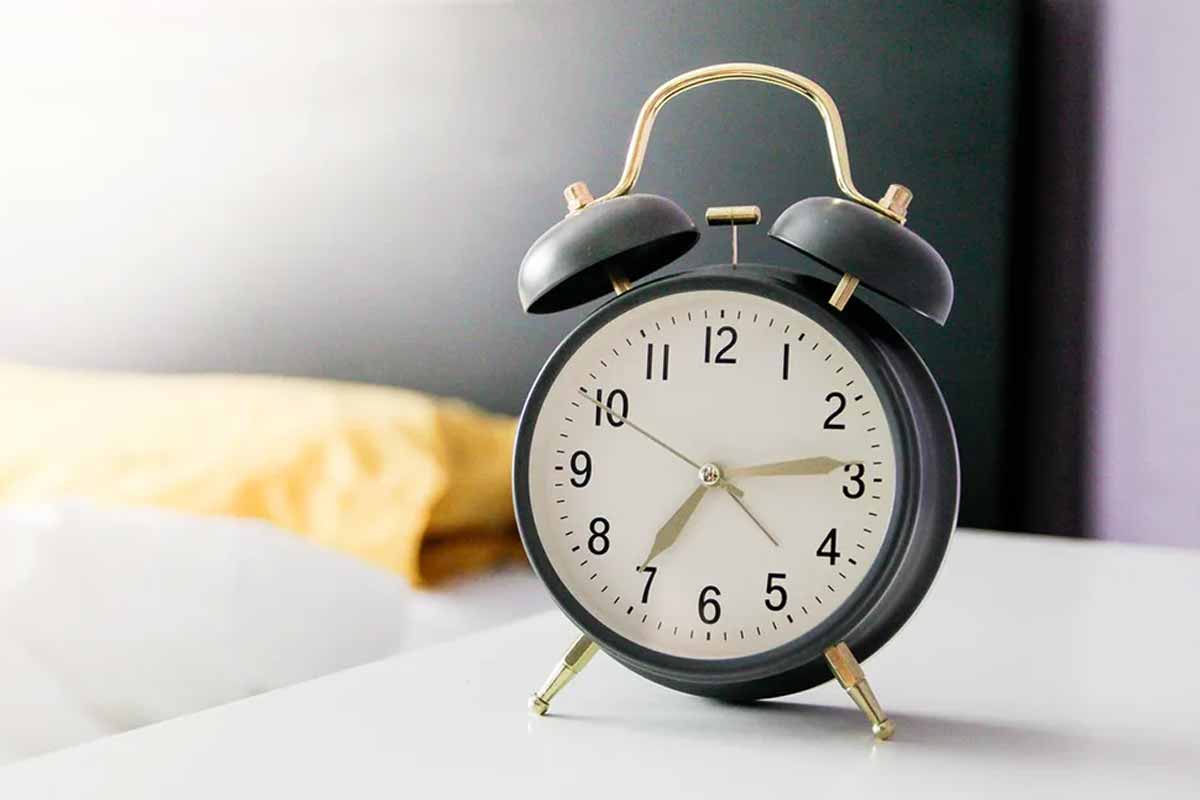Daylight saving time 2025 sneaks in like a quiet houseguest and rearranges your morning. One extra hour sounds dreamy. Your body, though, has its own stubborn rhythm. You feel it in your bones and your mood. Let’s make the shift gentle, not jarring.
Daylight saving time 2025
Here’s the heartbeat of the change. In the United States, clocks fall back on Sunday, November 2, 2025. The switch happens at 2:00 a.m., sliding us into Standard Time. Phones and laptops usually handle it alone. Ovens, microwaves, and beloved analog clocks need your touch. Set them back before bed if that calms the chaos. I love the small ceremony of it. A little click, a little order. Then there’s the bigger picture of daylight saving time 2025. Mornings feel brighter for a spell. Evenings lose light fast. Your commute home turns dusky, or dark. That shift can tug at energy, appetite, and patience. The body keeps score. A one-hour nudge looks minor on paper. Inside your sleep cycle, it’s louder than you think.
Brighter mornings, trickier evenings
The first days can feel wobbly. You wake earlier, yet don’t fall asleep as easily. Focus slips. Irritability flickers. Some folks notice a mood dip as sunsets arrive sooner. If seasonal blues lurk nearby, early darkness can invite them in. Treat yourself like someone you care about. Start tiny adjustments three or four nights ahead. Move bedtime 15 to 20 minutes earlier. Keep wake time steady, even on Sunday. Your rhythm loves consistency more than willpower.
Morning light becomes your best ally during daylight saving time 2025. Step outside within an hour of waking. Ten minutes helps; twenty is better. Light tells your brain, wake up, this is morning. Reduce blue light before bed. Put the phone down. Give your mind a landing strip. Caffeine stays lovely, just not after late afternoon. A short nap under twenty minutes can rescue a dragging day. Longer naps steal from nighttime sleep and leave you groggy. Think routine, not rigidity. Repeat the same wind-down cues. Warm shower, dim lamp, quiet page. Your system learns fast when the message stays kind.
Safety, small checks, and calmer streets
Time changes touch more than yawns. Dark evenings shrink visibility for drivers, cyclists, and walkers. The roads feel different. Take a beat and adjust your habits. If you exercise outdoors after work, add reflective gear. Charge your bike lights. Push errands earlier when you can. Watch for kids at crosswalks and bus stops. Eyes up, phone away, hands steady on the wheel. The home needs a little love, too. Use the clock change as a safety ritual during daylight saving time 2025.
Test smoke alarms. Swap batteries in smoke and carbon monoxide detectors. Glance at fire extinguishers and expiration dates. These five minutes carry real weight. While you’re at it, scan your porch lights and hallway bulbs. Darkness creeps in quietly; lighting brings confidence back. If your body still protests, simplify the week. Pre-chop veggies. Lay out clothes the night before. Ease off ambitious workouts for a couple days. You’re not slacking. You’re adapting with care.
Who changes, who doesn’t, and what to remember
Not everyone flips the clock. Arizona stays on Standard Time, except the Navajo Nation. Hawaii sits it out as well. Puerto Rico, Guam, and the U.S. Virgin Islands skip the switch. The map looks patchwork, and that’s okay. It means travel plans need a second glance. Calendar invites, too. Double-check meeting times with clients in other states. Avoid missing a call by an hour. A quick note inside your planner helps. About laws and headlines: talk swirls about making Daylight Saving permanent. Proposals appear and fade.
Nothing new alters the rules for daylight saving time 2025. So we fall back in November, as usual. Want a smoother weekend? Prep on Saturday night. Set clocks back. Open curtains wide on Sunday morning. Let bright light hit your eyes, not your phone. Keep breakfast steady in timing and size. Gentle predictability calms the nervous system. Short walk after lunch. Warm light at dusk. Bedtime nudged a touch earlier. You’ll feel the edges soften.
A kinder plan you can actually use
Think of this as a pocket guide, not a lecture. One: accept that your body might grumble. Two: use morning light like medicine. Three: protect sleep with small, repeatable choices. Four: make safety checks part of the ritual. Five: give yourself grace while daylight saving time 2025 settles. Here’s a simple Saturday list you can stick to. Set back every manual clock you find. Refresh detector batteries. Lay out Monday’s clothes.
Move your bedtime up by twenty minutes. Slice fruit for quick breakfasts. On Sunday, step outside early. Breathe cooler air. Feel the sun land on your face. Keep screens dim after dinner. No heavy meals late. If you need a nap, set a timer for fifteen minutes. Hydrate more than you think. If moods feel heavy, text a friend and plan a short walk. Don’t overcomplicate it. This transition is temporary, and you’re already handling it better. By midweek, your focus returns, the fog lifts, and routines click. That’s the quiet victory tucked inside daylight saving time 2025, less drama, more ease, and a little extra daylight right where you need it.
